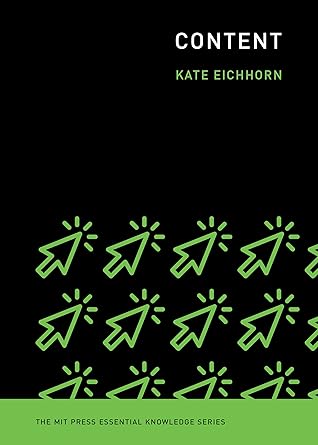More on this book
Kindle Notes & Highlights
By one estimate, as of 2020, the world was producing 44 zettabytes of data (or 1,0007 bytes) annually—an estimated ten times the amount of data we were turning out in 2013.
Still, many onlookers were left wondering why content, including the type of content produced by the WWF, was being considered essential during a pandemic. After all, no evidence suggests that new content necessarily promotes hope or resilience. Yet at least some evidence suggests that excessive screen time, which generally includes consumption of new content, may have detrimental effects.4
What turn of events had led an elected government official to view content production as essential—something essential enough to be prioritized alongside access to food or health services?
And how could something so ambiguously defined and misunderstood be positioned as vital to our ability to carry on in the face of adversity?
In the twenty-first century, content appears to possess infinite potential to keep expanding.
According to the Oxford English Dictionary, content is “that which is contained in anything.”
The second edition of the Oxford Dictionary of the Internet defines content as “The information found in a Web site and the way in which it is structured.” Similarly, Merriam-Webster’s defines content as “the principal substance (such as written matter, illustrations, or music) offered by a website.” While these two definitions are partially correct, neither is sufficiently inclusive.
Content, as demonstrated by the Instagram egg, may circulate solely for the purpose of circulating.


